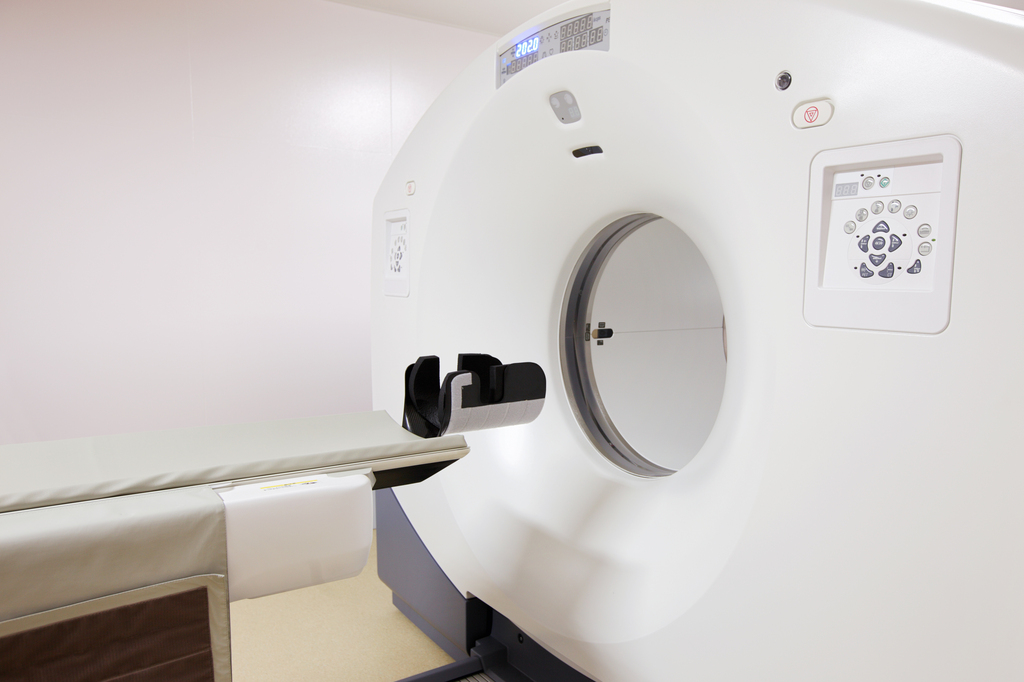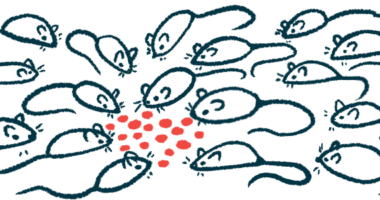Whole-body MRI Finds Early Muscle Deterioration in Pompe Children, Study Shows

Whole-body MRI found that a muscle in the shin is affected early on in children with either infantile or late-onset Pompe disease, a study shows.
Such findings suggest earlier deterioration of this muscle, called tibialis anterior, in patients with more severe forms of the disease.
The study, “Quantitative whole‐body magnetic resonance imaging in children with Pompe disease: Clinical tools to evaluate severity of muscle disease,” was published in the journal JIMD Reports.
Pompe disease is characterized by muscular weakness, poor muscle tone and reflexes, difficulties in moving, breathing, and swallowing, and an enlarged liver and heart.
The condition is classified according to disease severity and age of onset: the classic- and non-classic infantile forms (IPD), which manifest within the first year of life, and the late-onset type (LOPD), which may begin from late childhood into adulthood.
Pompe disease patients are typically monitored with lung function tests, biochemical markers, patient-reported quality of life measures, muscle biopsies, and physical therapy assessments of muscle strength and function.
However, these assessments are limited, creating a need for non-invasive methods to accurately measure disease progression and response to treatments.
Whole‐body muscle MRI (WBMRI) can produce images in which the percentage of fat within a muscle — intramuscular fat — can be quantified using a measurement known as proton density fat fraction (PDFF). This parameter has shown sensitivity as an indicator of disease status as it highly correlates with physical therapy assessments in LOPD patients.
Researchers at Duke University School of Medicine, in North Carolina, wondered if PDFF extracted from WBMRI measurements is also useful in evaluating children with infantile or late-onset Pompe disease.
“To the best of our knowledge, this is the first report in the pediatric Pompe population that utilizes WBMRI to quantify intramuscular fat infiltration and correlate these values to [physical therapy] assessments,” the researchers wrote.
The study included six boys and five girls from the ages of 7 to 17, five of whom had infantile Pompe disease, and six had LOPD. All patients were receiving enzyme replacement therapy (ERT) to supply the enzyme acid alpha-glucosidase, which is deficient in people with Pompe.
In those with the infantile form, mean overall PDFF for all muscles was 11.61%, with the most involvement seen in the thigh — vastus muscles (18.48%) and rectus femoris (16.34%) — then the gluteus maximus in the buttocks (16.02%), and the tibialis anterior (13.53%).
In the LOPD group, the mean overall PDFF was 8.52%, mostly involving the rectus femoris (13.25%), then the tibialis anterior (11.14%), and the gluteus maximus (10.97%).
“The level of involvement of the anterior tibialis in the LOPD cohort [group] is of interest and potentially novel,” the scientists wrote, as previous studies in adults with LOPD did not find significant involvement in this muscle.
In all 11 participants, the mean PDFF for all muscles was 9.92%, with the highest PDFF seen in the rectus femoris (14.66%), gluteus maximus (13.26%), and vastus muscles (12.63%). The most involved muscle was the rectus femoris in six patients, and the anterior tibialis in three. One had the gluteus medius as the most involved muscle, while the vastus muscles was the most involved in another patient.
Manual muscle testing, evaluated with the modified Medical Research Council scale, found a possible association between the mean score of all muscles tested and mean PDFF. However, the result was not statistically significant. The most suggestive trends were found in knee extension and flexion tests.
Muscle function, evaluated with the gait, stairs, gowers, chair (GSGC) assessment — in which patients walk 10 meters, climb four steps, stand up from lying down on their back (Gower test), and rise from a chair — demonstrated a strong correlation with PDFF. A strong and significant correlation was seen between higher PDFF and greater walking speed, and a moderate correlation was found between higher PDFF and taking longer to perform the Gower test.
Finally, a moderate correlation was found between PDFF and levels of urinary glucose tetrasaccharide, a biomarker for Pompe representing glycogen accumulation in muscles.
“WBMRI is potentially a new valuable means of quantifying muscle fat infiltration and muscle disease status in children with Pompe,” the investigators wrote.
“With regard to future directions, there is a role for WBMRI to determine when to begin or increase dose of ERT, to monitor disease progression, and evaluate response to treatment,” they added.






